David Fincher’s Fight Club is an important movie to us here at JoBlo. Many of us were born in a time that, just as this film was released, we were coming of age. In fact, the year that it came out – 1999 – was jampacked with formative films including The Matrix, Go, American Beauty, Being John Malkovich, Magnolia, Three Kings and so many more. But Fight Club was special. Based on Chuck Palahniuk’s masterful novel, the movie examined what would now be called “toxic masculinity” way before the term for it even existed, with it about an unnamed narrator (Edward Norton) who makes a friend named Tyler Durden (Brad Pitt) and the two begin a “Fight Club” which serves at first as an outlet for frustrated men, but soon becomes something much more.
One thing to note is that while some movies of the era are dated, Fight Club not only stands the test of time, but is perhaps even more fascinating now than when it came out. Critics at the time denounced it as “fascist” but those very same critics now hail it as a masterpiece. In this special episode of Revisited, we dive into the making, marketing and immediate cult status achieved by this masterpiece. This episode is written by Cody Hamman, edited by Juan Jimenez, and narrated by Travis Hopson.
Do you think Fight Club stands the test of time? Let us know in the comments!





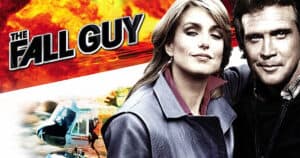

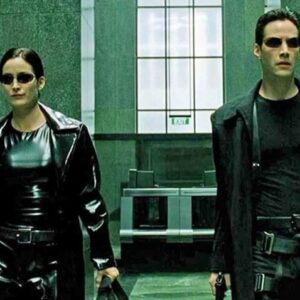
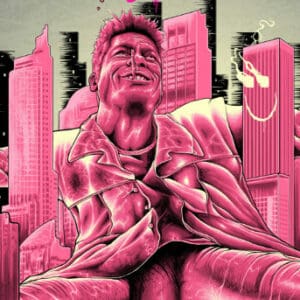
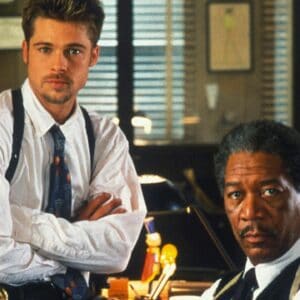

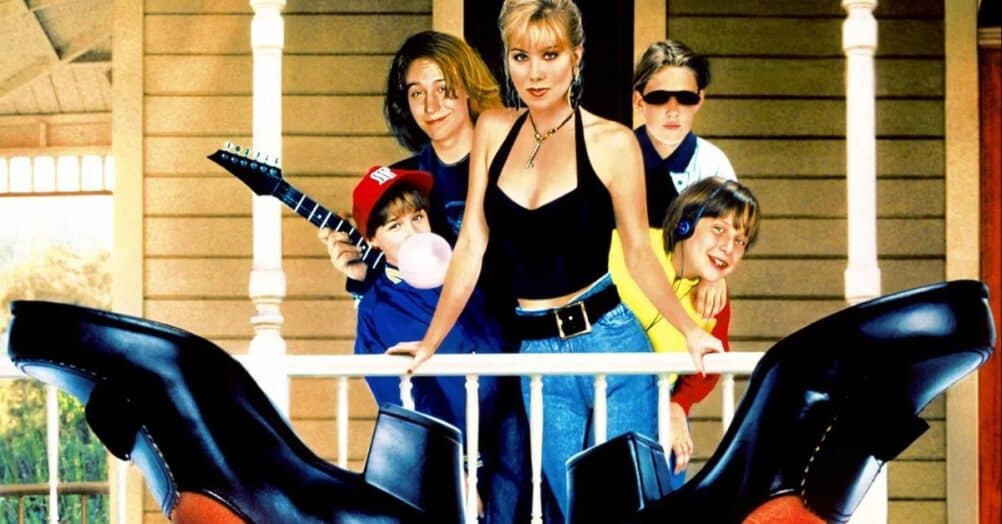
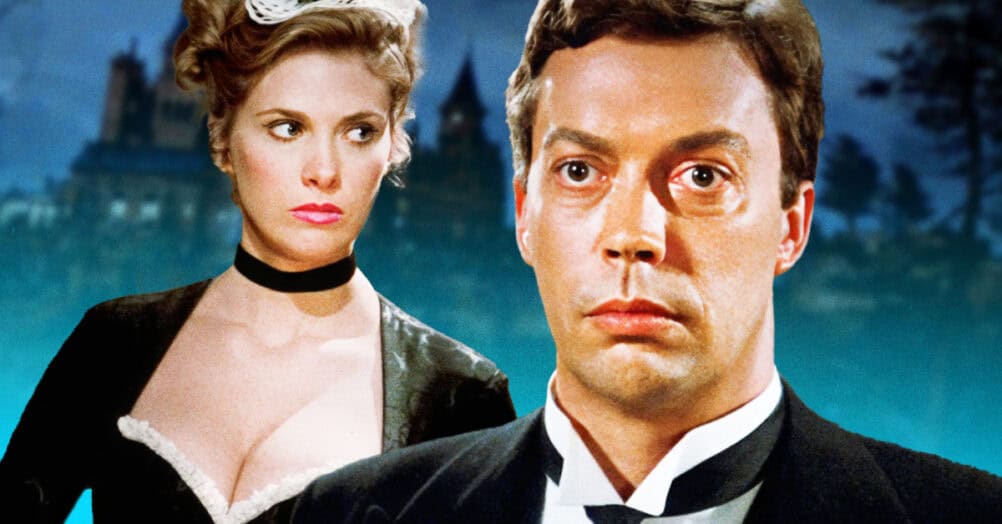
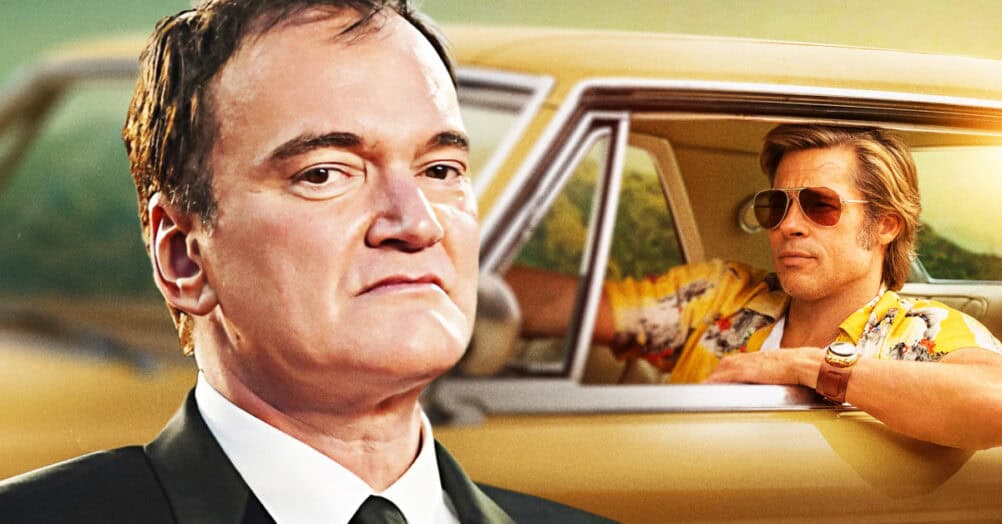
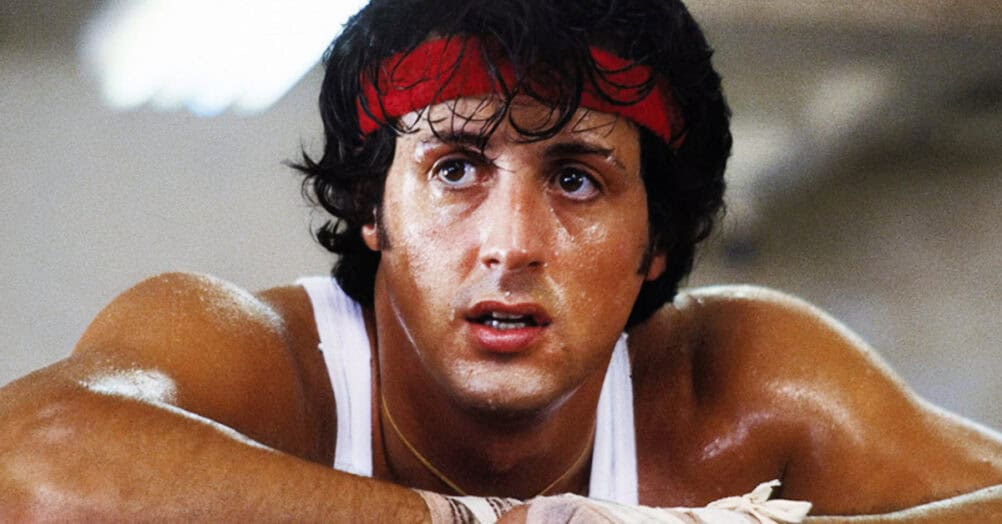




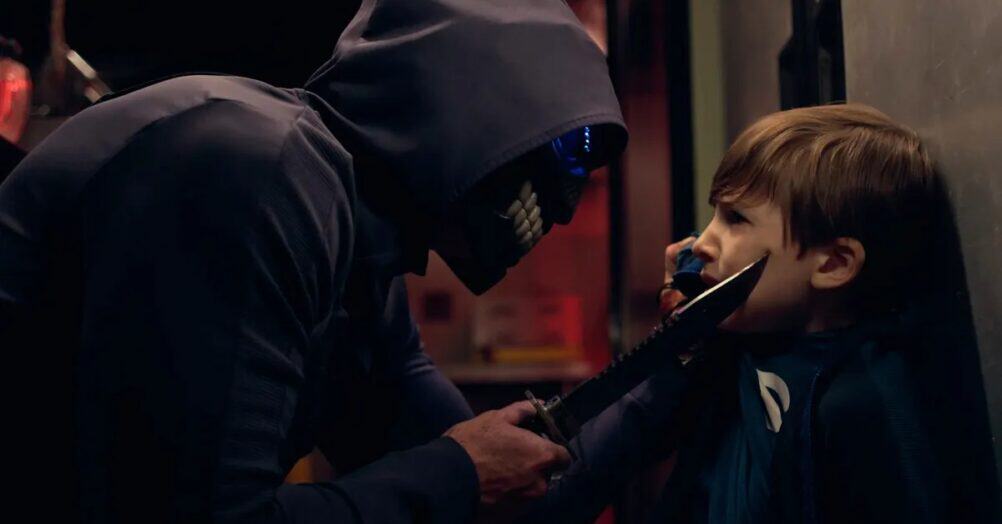
Follow the JOBLO MOVIE NETWORK
Follow us on YOUTUBE
Follow ARROW IN THE HEAD
Follow AITH on YOUTUBE